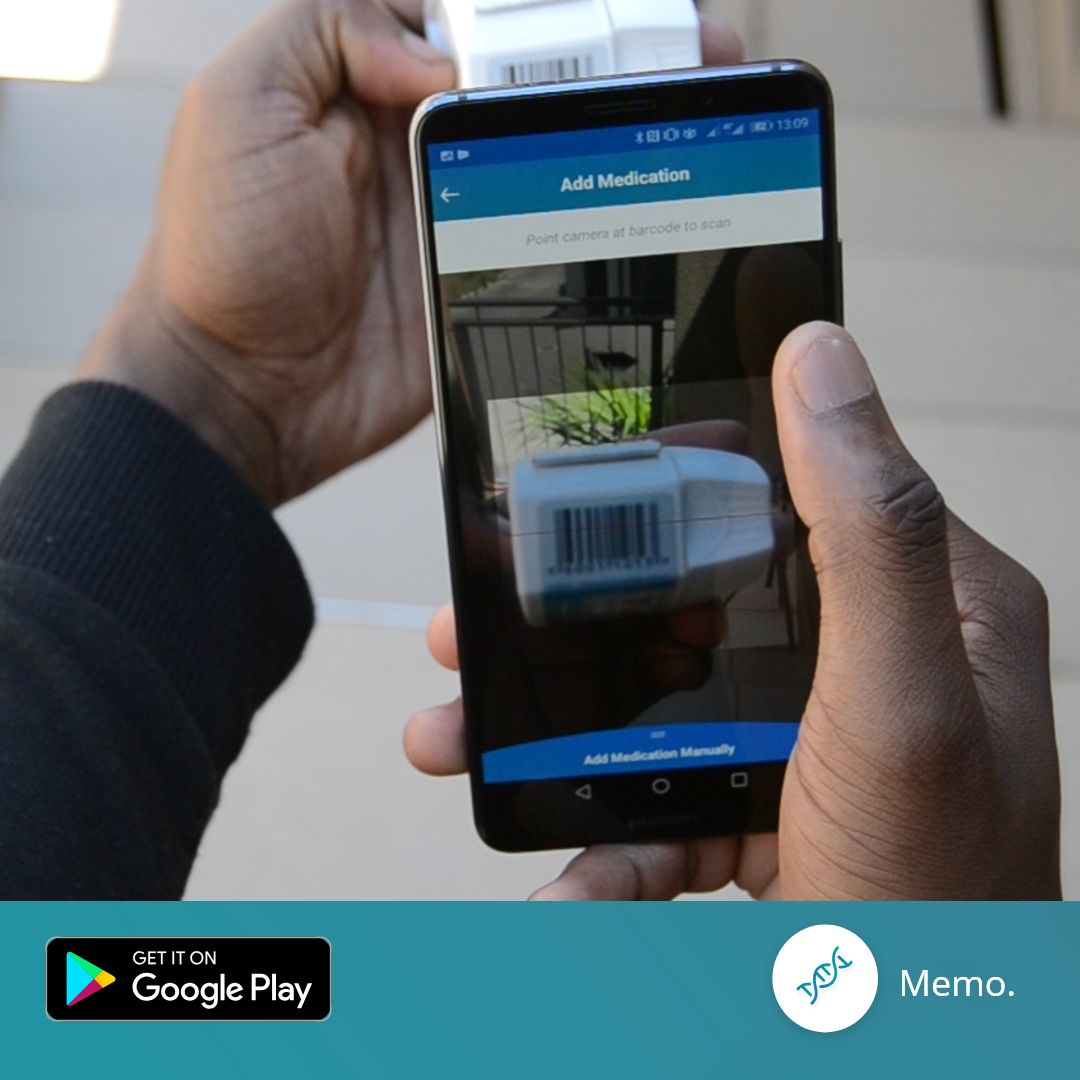From ground-breaking front runners Run DMC to ‘mostwako’ rapper HHP, from the ghetto-political musings of Arthur Mafokate to the kwaai-house explorations of Big Nuz, Melody Chironda and Litsoanelo Zwane look at how hip hop and kwaito have evolved through the ages.
Missing the beat?
“I’m not the political type/ not the type to fake an image for the sake of this whole consciousness type/Never been called a kaffir before/Harambe.”
You have probably danced to these lyrics by Mafikeng-born hip hop heavy weight HHP (“Harambe”) from his album O Mang Reloaded. HHP (real name Jabulani Tsambo) is a talented Joburg-based MC who frequently performs in multiple languages, and his music appeals to a number of youngsters from Limpopo to the Drakensberg. This goes to show one thing, hip hop in South Africa has grown exponentially in the last two decades. But has the genre gone from soul stirring social commentary to a bling-laden downfall into irrelevance?
I have been bouncing around clubs for eons now and if asked to typify the era we live in from a musical perspective, I would probably say hip hop is pretty much anything with great dance beats. The music has changed over the years, in ways both good and bad.
Some detractors say hip hop is dead because the lyrics lack meaning and are no longer rooted in the old communal ethos of “each one, teach one”. Wack MCs of today just rap about their shopping lists and other meaningless stuff.
Some critics point to the ubiquitous use of vulgar words and the ever present nude girls (video vixens) in music videos as evidence of how far the genre has strayed in its direction. And by vulgar, I mean every fourth word is the “F” word. Human emotion and soul has been wrenched out of the music making process and replaced by machines which will do everything (e.g. auto-tune – an audioprocessor created by Antares Audio Technologies, which uses proprietary software to change pitch in vocal and instrumental performances).
But don’t get me wrong, I still love the music. It’s fun and a great way to shake off some stress, and most importantly, it’s alive.
And besides, the picture is not entirely bleak; lyrically, not all artists are in it for the money-making scheme. Some hip hop artists’ rhymes revolve around complex issues like relationships, love and sex, the residue of the apartheid political system, the prevalence of HIV and AIDS, violence in the major cities, and what it means to be South African. Young musicians should look up to great artists like HHP, Teargas, Ill Skillz, Die Antwoord, Proverb, Pro (formally known as Pro Kid), AKA and L-Tido.
So I would say it’s pretty evident that hip hop has evolved, but can the same be said about Kwaito music?[MC]
Kwaito and the ‘black condition’
Do you remember the days when “zoy’thola kanjani” and “don’t call me kaffir” blasted from every hi-fi in every corner of our beloved townships? Aaaaah…those were the days. When music seemed to serve a much greater purpose than simply to entice those who knew how, but more likely those who didn’t, to break out into a seizure we love to call pantsula.
The days when kwaito was a motor of liberated self-expression after decades of a politically silenced black youth. Political chants, popularised during the liberation struggle found their way to becoming the choruses and verses of kwaito songs. Anti-apartheid songs of bygone eras gained “cool” status as they were resurrected over more youthful beats.
Ironically, the word “kwaito” is derived from the Afrikaans word “kwaai”, which in suiwer Afrikaans means “angry”; how befitting since the genre became an outlet of disillusion and discontent for township youth. Originating in the 1990s, it is a music genre that emerged from Gauteng townships and was a means of documenting the struggles and hardships associated with life in the townships. It eloquently told a ghetto story, a story to which a lot of young people could relate, and in that way it gained momentum even outside the townships.
As widespread as kwaito became, with the likes of Arthur Mafokate, Mdu Masilela, Boom Shaka, Chiskop, TK-Zee, Thebe, Abashante, Zola and Brothers of Peace (B.O.P) flying the kwaito flag at high altitudes, it was only in 2001 that the genre reached international shores, where it serenaded American and European ears.
It was also during that time that kwaito increasingly became commercialised, others like to say “tainted”. As the times changed, so did the majority of the content in kwaito songs. Has the message changed? From “zoy’thola kanjani uhlel’ekoneni?” (How are you going to achieveanything if you sit on street corners all day) to “sika lekhekhe” (cut the cake, slang for have sex with me). You be the judge. [LZ]
Three chords, three countries, and one revolution…PUNK IN AFRICA is the untold story of the multiracial punk movement Southern Africa.
This documentary traces the story of the multiracial punk movement within recent political and social upheavals in three Southern African countries: South Africa, Mozambique and Zimbabwe. The punk subculture represents a genuinely radical impulse, set against political struggle, economic hardship and even civil war. The stories unfold from the Johannesburg underground rock scene of the 1970s, the multiracial punk bands formed in the wake of the Soweto Uprising and the anti-apartheid sounds of the 1980s, to the rise of African-inspired ska-punk from Cape Town to Maputo in the democratic 1990s.
Written by Melody Chironda and Litsoanelo Zwane



